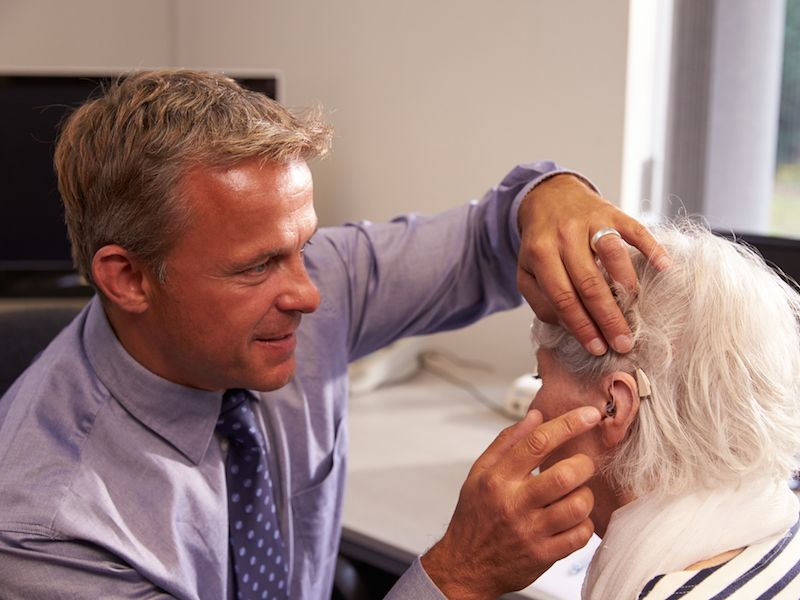
The numbers don’t lie: at some time in your life, you’re probably going to require a hearing aid. A quarter of all people from 60 to 75, according to an NIDCD study, have loss of hearing and for people over 75 this number increases to 50%. The best method to deal with age-related hearing loss is to wear a hearing aid, but how do you know which style is the right one for you? Advancements in technology in recent times have resolved some of the problems generally linked to hearing aids, like an excessive amount of background noise and vulnerability to water damage. But there’s still a lot you need to know when choosing a hearing aid to make sure it works with your lifestyle.
Look Closely at Directionality
One crucial feature you need to pay attention to in a hearing aid is directionality, which has the ability to keep background noise down while focusing in on noise you want to hear such as conversations. Most hearing aids have different directionality systems, which either focus on the sound directly in front of you, the speech that’s coming from different speakers, or a mix of both.
Can You Use it With Your Phone?
As a nation, we’re addicted to our phones. Even if you don’t have a smartphone, chances are you have a flip phone. And on the off-chance that you don’t have any type of cell phone, you probably still have a land-line. So, when you’re testing different hearing aids, you will want to see how they work with your phone. What is the sound like? Do voices sound clear? Is it Comfortable? Is it Bluetooth Ready? When shopping for new hearing aids, you need to consider all of these.
What is The Likelihood You Would Actually Wear it?
In the last few years, as noted above, the development of hearing aids has significantly improved. One of those advances has been the size and shape of hearing aids, which have moved towards the smaller and more comfortable direction. But there are definitely pros and cons. A smaller hearing aid might not be as powerful as a bigger one, so it really depends on your hearing professional’s suggestion and what you want to achieve with your hearing aid. The little models won’t have the features of the larger models and they might get clogged with earwax but they fit inside your ears virtually invisibly. On the other side of it, better directionality features and more sophisticated sound amplification choices come with a behind the ear hearing aid though it’s a little larger.
Exposure to Specific Background Noises
Wind noise has been an extreme problem for hearing aid users since they were invented. Being outside during a windy day with a traditional hearing aid once meant that you couldn’t pick up anything but the wind, which is could drive anyone nuts. you live in a windy area or if you’re an outdoor kind of person so you’ll need to get a hearing aid that suppresses wind noise so you can have conversations at an average volume and steer clear of the headaches that are linked to hearing aid wind noises. Inform yourself about the many different hearing aid choices available to you. Get in touch with us.